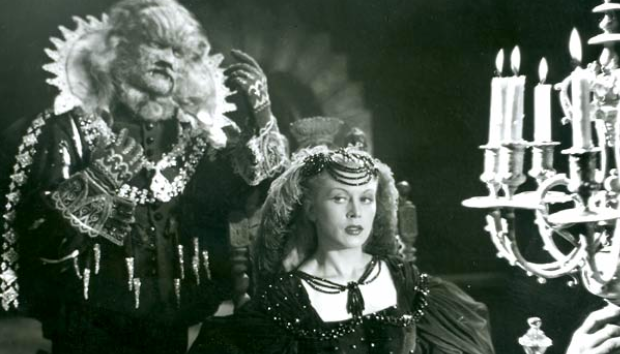On Sunday, Frances provided the introduction for a special screening on Jean Cocteau’s La Belle et la bête (1946) at the Curzon Cinema, Canterbury. The film is the first of a series of screenings we hope to to show as part of our wider Gothic Feminism project.
A summary of the introduction is below:
La Belle et la bête (Cocteau, 1946)
Disney will soon be releasing its new, live-action version of Beauty and the Beast starring Emma Watson and Dan Stevens which is based on the 1991 animation of same name. This year’s film is the latest in a series of live-action adaptations of previously successful Disney animations and early trailers for the film confirm the connection: the 2017 version is directly inspired by the narrative, imagery and motifs of its predecessor. But what was the inspiration for that original cartoon version of the story? There are many possible answers to this question but one of the most important involves Jean Cocteau’s La Belle et la bête from 1946.
This introduction shall explore the enduring legacy of Cocteau’s film for cinema history, and outline the director’s motivations for adapting the tale and how the film has been interpreted within scholarship. I will also explore the origins of the ‘Beauty and the Beast’ myth and argue that Cocteau’s adaptation of the story highlights the fairy tale’s Gothic potential.

(Text by: Frances A. Kamm; Image: La Belle et la bête, 1946)
